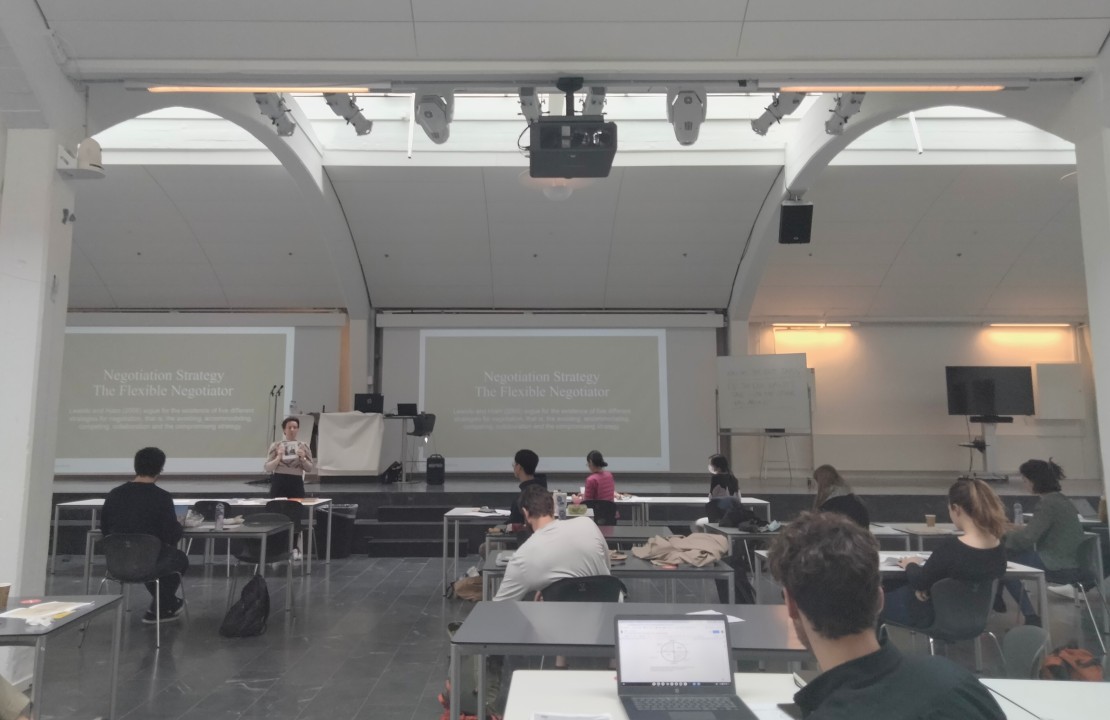Throughout your organization, negotiations are happening.
Sales people are securing deals with clients, procurement teams are setting up supply agreements, and the human resources department is managing the onboarding and retention of employees. With such broad reaching impact, negotiation skills training represents an important investment in improving the results of each one of your departments and employees.
The difficulty with some training programs arises once the session has ended, and your employees head back to their desks. The noise, stress and seemingly endless emails can take over and lead to a return to the status quo – to the old negotiation habits that you’d been hoping to change.
In order to create lasting impact and results for your organization, what happens after the trainer leaves is just as important as what happened on the day of the workshop.
Here are three ways to provide continued support post-training, in order to ensure transformation for your employees, and results for your company.
Arm’s Reach Resources
When a negotiation kicks into high gear and a refresher is needed, ensure that employees have resources within their reach to refer back to. Even for the most prolific of note-takers, relying on memory or a notebook from the days of training may not be enough. Workbooks, online resource guides and suggested further reading are excellent ways to provide quick reference tools to employees while they’re negotiating. For advantageSPRING program graduates, the combination of the Negotiation Toolkit they receive during a workshop, and Natalie Reynolds’ book We Have A Deal, proves invaluable.
Supportive Community
A substantial benefit of having several of your employees attend a training workshop together is that it creates a support network for once they’re back at their desks. This consistency in training allows them to pull on each other for advice on strategy, overcoming impasses, or tweaking their negotiation mindset. This network is made especially strong when groups from within your organization that normally negotiate with one another attend the same training, as it ensures that everyone is on the same page when it comes to best-practices and creating value during their negotiations.
Embedded Learning
Through active learning (role play, case studies) during a negotiation training program, delegates start to get comfortable with applying the concepts and techniques they’ve learnt. However, putting these new skills into play once they’re back in their usual environment can be a challenge. While confidence and comfort builds, it’s important that your employees have the core principles of the training reinforced, and their questions addressed by an expert. Follow-up coaching is an effective way of embedding the skills that were developed during the workshop, and at 6-8 weeks after the wrap of the program, occurs at an ideal time to provide customized support for active negotiations.
These three techniques: ensuring available resources, building a peer network, and providing follow-up support, are great ways to amplify the behavioral changes post-training, and secure long-term benefit for your organization.
Questions about advantageSPRING’s training programs?
Learn more about the negotiation workshops, or contact us as [email protected]


0 Comments